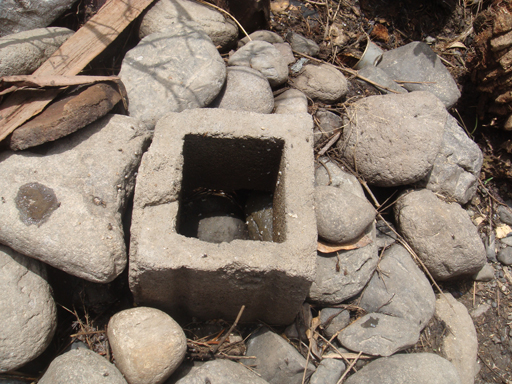6.5 Sullage management
What is ‘sullage’?
Described in Study Session 4, sullage is water that doesn’t contain any faecal matter or urine. Typically, it is wastewater that is produced from washing ourselves, washing clothes and from food preparation.
Many people simply throw sullage onto the ground or into the street. In small quantities this may be acceptable, but in densely populated urban areas proper handling and disposal is required. Some of the disadvantages of improper disposal of sullage include the potential to contaminate the soil, pollute water sources and create favourable breeding conditions for disease vectors.
Which vectors do you think might be encouraged by sullage collecting on the ground?
Mosquitoes are likely to be attracted, as they use stagnant water as breeding sites. Flies and rats might also appear, because the sullage would be a source of drinking water for them.
Sullage can be discharged to sewers or septic tanks in areas where these facilities exist. Where they do not, it is necessary to construct a pit near the household to dispose of sullage properly (Figure 6.16). The pit should be filled with gravel or sand. A sullage pit keeps the wastewater in one place and encourages it to soak quickly into the ground.

6.4.3 Mechanical-biological wastewater treatment
